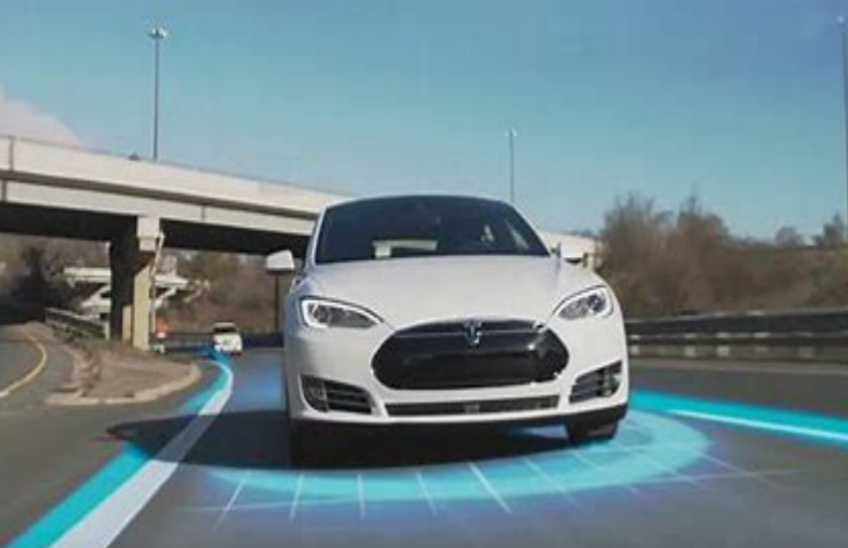Autopilot: How Far from 'Eyes - Closed Commute'?
For those who spend a lot and want a smooth and easy travel experience, the idea of self-driving cars offers an exciting glimpse into what the future holds. However, despite the thrilling progress made in this area, a detailed examination shows that achieving a completely “hands-free commute” is still a work in progress.

Technological Advancements
In the past few years, the world of self-driving cars has experienced incredible advancements in technology. A key example of this is the progress in LiDAR technology. Once thought to be too costly, the prices for LiDAR are decreasing, with predictions suggesting they could reach $200 by 2025. Companies from China, like Hesai Technology and RoboSense, have become major players in the global market, holding over 70% of the automotive LiDAR sector. Their ongoing innovations ensure that LiDAR sensors are not only becoming cheaper but also offering greater accuracy in mapping the environment around them.
At the same time, camera systems have seen substantial improvements. Now equipped with advanced algorithms, these cameras are capable of real-time image recognition with exceptional precision. They can quickly spot traffic signs, pedestrians, and different vehicle types, playing an essential part in the overall perception system of autonomous vehicles.
The development of software has been remarkable as well. Tesla’s Full Self-Driving (FSD) system is particularly notable with its enormous database containing 16 billion miles of driving data. This extensive information allows the system to learn from various real-life situations, steadily improving its ability to make decisions. The new FSD V12, which utilizes end-to-end neural network technology, represents a major advancement, enabling the vehicle to tackle complex driving scenarios, such as navigating construction sites, with a level of skill similar to that of a human driver.
Future Prospects
The journey ahead is filled with exciting opportunities. BMW’s latest concept car, featuring the innovative “Heart of Joy” system, illustrates the possibilities of future self-driving technology. This advanced system boasts a ten-fold boost in information processing speed, allowing for almost immediate reactions to changes in the driving environment. Together with its super-sensory intelligent cockpit, which includes a wide panoramic display, BMW is transforming the driving experience into something more intuitive and immersive.

In the ride-hailing industry, Robotaxis show great promise for the future. Tesla’s initiative to launch a "fully autonomous" Robotaxi service in Austin marks a significant advance in making self-driving transportation a reality. Likewise, Waymo has made notable progress, carrying out 150,000 autonomous rides weekly in cities like San Francisco and Los Angeles. These services not only hint at future mobility options but also gather important data to help enhance technology even further.
Remaining Challenges
Nevertheless, achieving fully autonomous driving comes with its own set of hurdles. A major obstacle is making sure that the technology works reliably in all types of weather. Conditions like heavy rain, snowstorms, or thick fog can greatly hinder sensor performance. LiDAR sensors may find it difficult to detect objects accurately when visibility is low, and cameras can become ineffective if blocked by water droplets or snow.

Additionally, the regulatory environment adds to the complexity. Different regions have their own methods of regulating autonomous vehicles, making it important to find a way to create global regulatory alignment. It is crucial to resolve issues concerning liability in accidents, data privacy, and the establishment of consistent safety standards to help promote the broader use of self-driving cars.
Lastly, gaining consumer trust is a vital element. Even though technology is advancing rapidly, many individuals, including those with significant financial means, are still hesitant about relying on autonomous systems for their safety. To break through this psychological barrier, clear communication, thorough safety testing, and public demonstrations showcasing the technology's reliability are essential.
In summary, while the vision of a "hands-free commute" is becoming more attainable, considerable work remains to tackle the current challenges. For wealthy individuals keen to welcome this future, staying updated on the latest developments will be crucial to leading in this transportation revolution.
(Writer:Dick)





